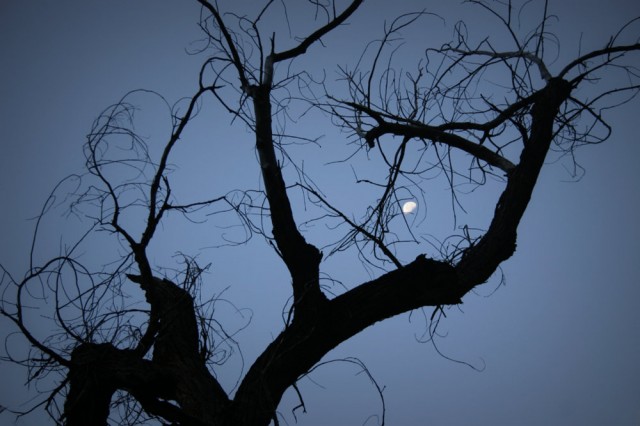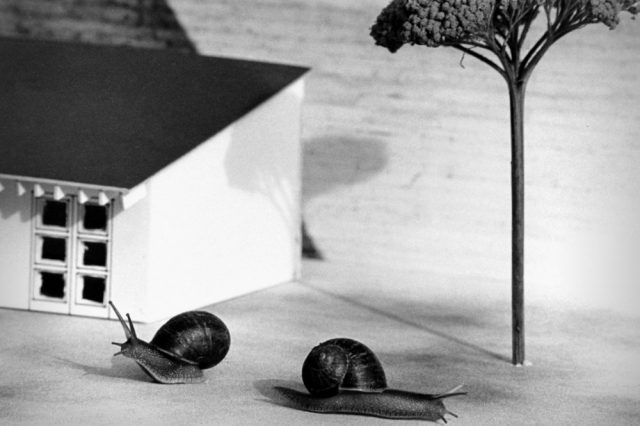This blog is for aging photo enthusiasts who have been around the photo landscape a bit and for obvious reasons come to appreciate light weight point and shoot digital cameras and automatic settings.
So as not to cut into my nap and contemplation time, I’ll post weekly on Fridays only for the next few months.
You will find a blend of humor, practical shooting advise, links to photo sites for particular topics, updates on the latest photo technology, and illustrative photos from my own collection.
Upcoming Topics:
- Capturing Slow Moving Subjects other than yourself
- Action Photography from your recliner
- Looking out the window photography
By now, you’ve traded your beloved film camera/s and lenses in for a lighter, slimmer digital camera and the debate over film versus digital is a vague memory, if one at all. You may have noticed however, that the capacity to shoot hundreds of pictures a day, like National Geographic Photographers, has not made you into one, so let’s get started.
Capturing Slow Moving Subjects other than Yourself:
- Slow moving subjects
In addition to slow moving wildlife, sleeping pets and people, you may want to Shoot the Moon.
Shooting the Moon:
The full moon rises 30 minutes after sunset every month, which gives you plenty of time to prepare to shoot at twilight. The next 3 full moons are March 27, April 25, and May 24, 2013. Set up a tripod, place the camera on a solid object, or hold very, very still. Use two hands and keep your arms against your body. Contrary to what seems logical, don’t set your camera on fireworks or night-scenes. The moon reflects sunlight, so set your camera to daylight and turn on the flash. Of course you won’t illuminate the moon, but you will decrease exposure time. Extend your lens to the maximum optical zoom, but never use your digital zoom. Since the moon is a slow moving subject, you have plenty of time to move around to find a tree, building, or other object to include in your shot. If you’re hooked on the moon, try shooting other phases and at different times, but don’t make the mistake of trying to capture it during strong daylight. There just isn’t enough contrast between in the moon and sky to make it interesting. Here is an example of the moon shortly after sunrise.


